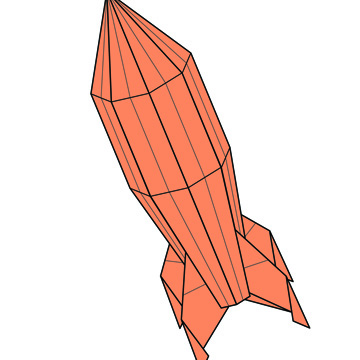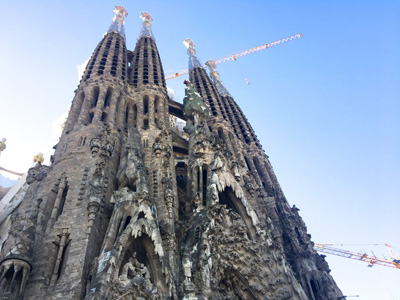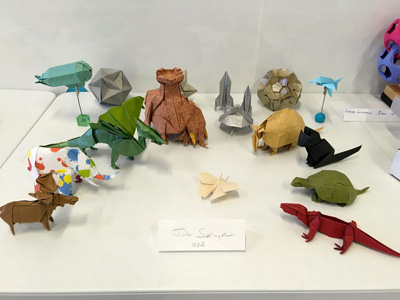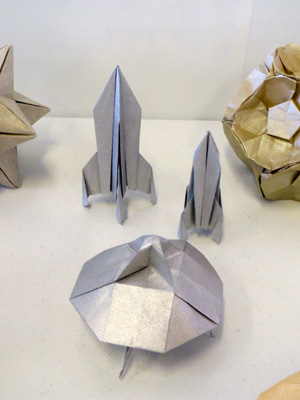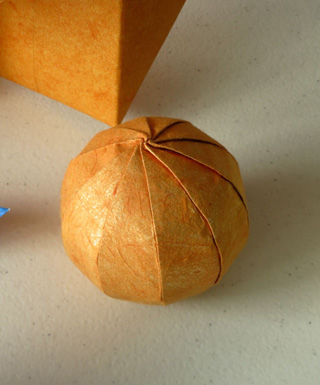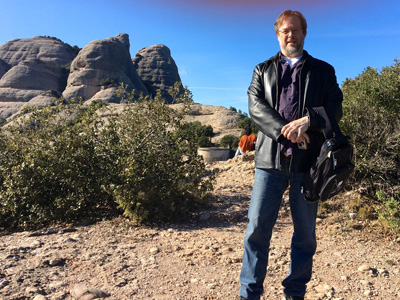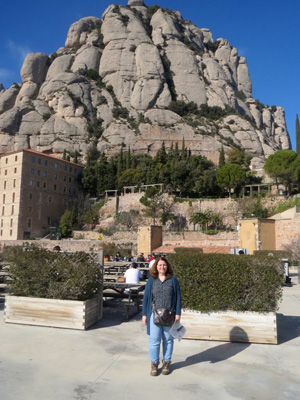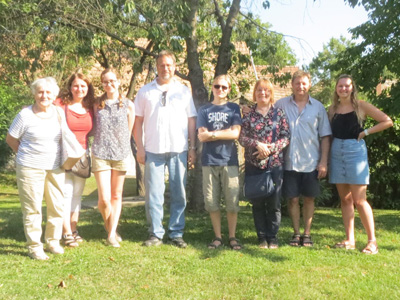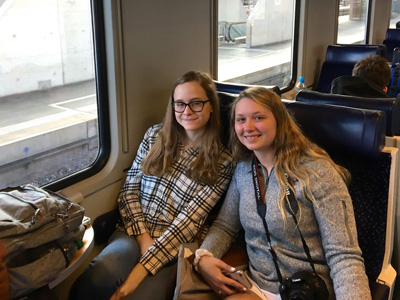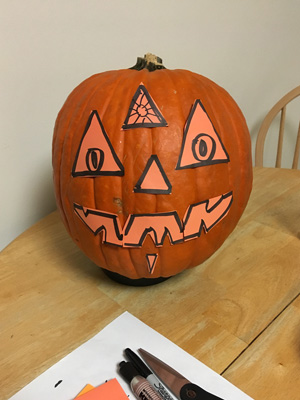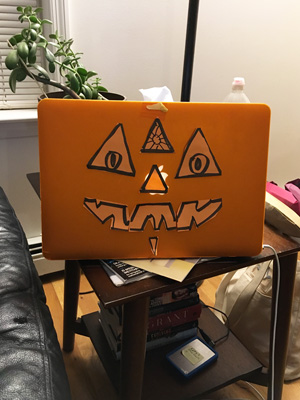It’s been a while since I wrote a post about origami, but I’ve been pretty busy with origami stuff since I got back from Spain.
First off, going back to the new year, I’ve been doing work for Origami USA, taking over the scheduling function for the annual convention. This involves several activities, the most important being to create the schedule of classes for the convention. This is supported various kinds of software, whose maintenance and authoring I’ve taken over.
On the OUSA web site there’s forms for teachers to put in the class the want to teach, with fields for class level, availability restrictions and lots of other things. Then there’s a app built in MS access to take the teacher input and construct the schedule, with helpful validation. The pipeline is convoluted and idiosyncratic, reflecting a history of changes over many conventions. Serena, the previous Schedulemiester and creator of the Access app, has been very helpful with training and handing things off. Of course now the convention is on hold and surely soon to be cancelled, so in a sense the whole effort is moot.
Of course eventually the plague will run its course and we’ll all be able to play outside again. My first thought when I saw the Access app is that we should convert it to mySql and have it run on the web site. I talked to Robert Lang, our webmaster, about this. He said it’s already on the roadmap for 2021, and if I want to jump in and take the lead on it, I’d be more than welcome. I felt I needed to come up to speed on the existing workflow first, so we came up with a plan to use the current system for the New York convention in June, and try and do the migration in time for the Chicago convention at the end of October.
Along the way, the convention committee started asking for changes in the app to reflect changes in the organization of this year’s convention, so in addition to Serena’s training I started hacking into the guts of the Access app. At this point I’ve pretty much grokked the whole thing, and I might as well reach out to Robert and see about starting the migration.
And if the time is not right, I have another project in the offing … dusting of the Foldinator!
Second, in Spain I learned there’s an active international origami community on Instagram, so I created an Instagram account to follow other artists and promote my origami. My handle is zingorigami. Check it out. I’ve been posting three times a week. Right now I’m going thru my extensive backlog of photos of models I’ve already designed and folded. Hopefully soon I’ll get around to photographing some of my new stuff and posting that.
Third, I’ve been working on a new origami book. It’s going to be Classic Origami from Air and Space. This is sort of a sequel to my last book, which also had a theme around aircraft and spaceships, but was a kit book aimed at a beginner to intermediate audience. The new book will feature mainly advanced models, notably my classic Rocketship, U.F.O., and my newer Blimp, as well as my Hot Air Balloon and a handful of other models. The notion is to sell it as a digital download from the OUSA web site, since everybody sitting at home these days is gonna want new stuff to fold. Mostly OUSA downloads are diagrams for single models, or sometimes a collection. I’m gonna put a bit of production values into mine, with a cover and and intro, good photography and all. Hopefully down the line I can publish it as a print book.
I started a while back by putting my anchor models into InDesign to do the page layouts and figuring out how I wanted to present things. This was basically copying them from the diagrams for the individual models. I realized I had somehow never finished diagramming my Rocketship. I know I taught it some years ago; it must’ve been from a CP. There were just a few steps to go, the part where it’s 3-D. So I started folding one to get up to the point where the diagrams ended. When I went to make it 3-D I discovered an unnecessary fold that was interfering with a new fold I need to make. I ended up redesigning and re-diagramming the whole model, making the paper usage slightly more efficient, the proportions slightly more elegant, and cutting out about ten steps from the folding sequence. Now the Rocketship, U.F.O. and Blimp are all done. It’s just a matter of rounding it out with few more less complex models, doing the photos, and putting it all together. It’ll probably eight to ten models total, 32 t0 40 pages in all.
Stay tuned for future announcements.
